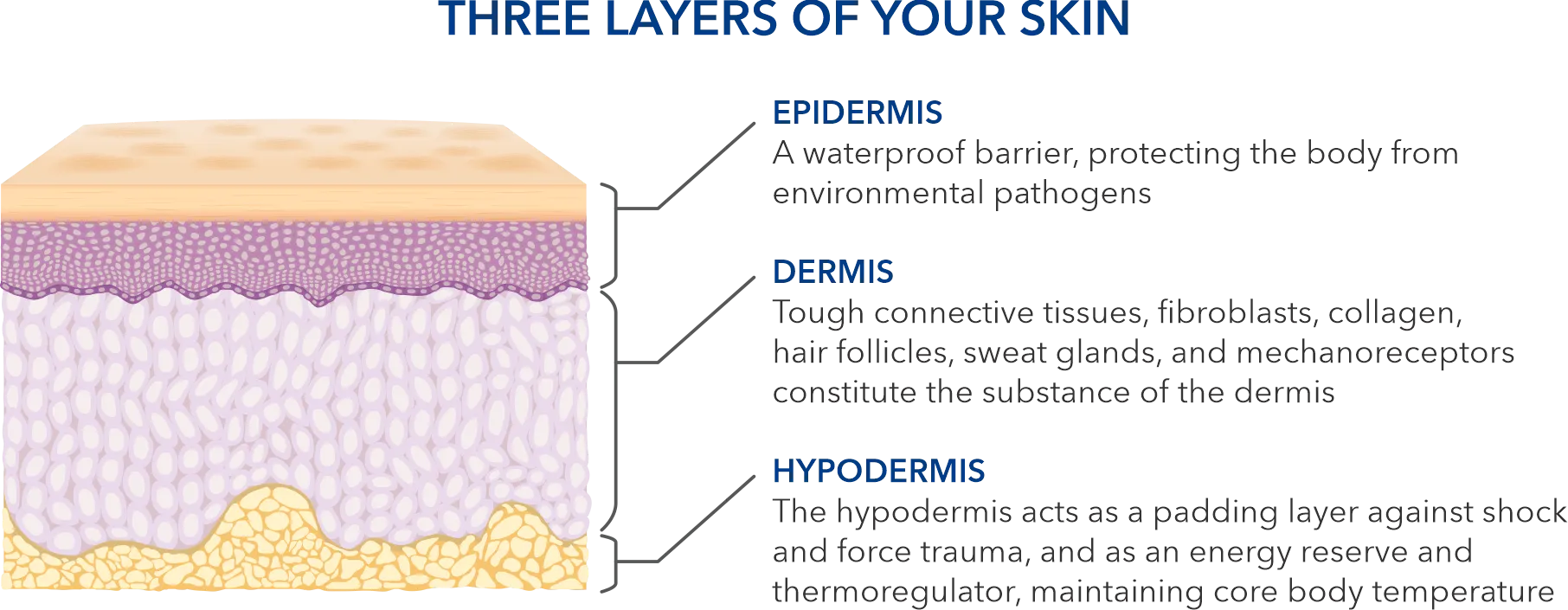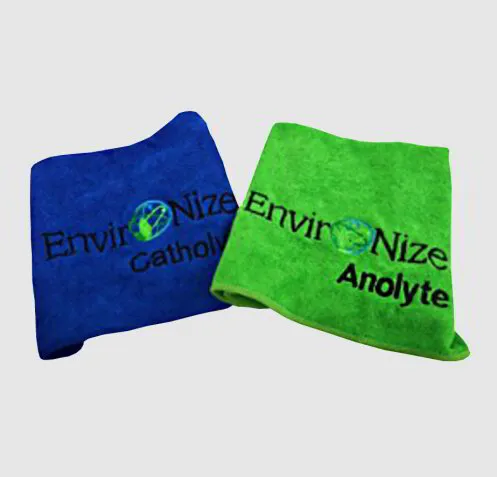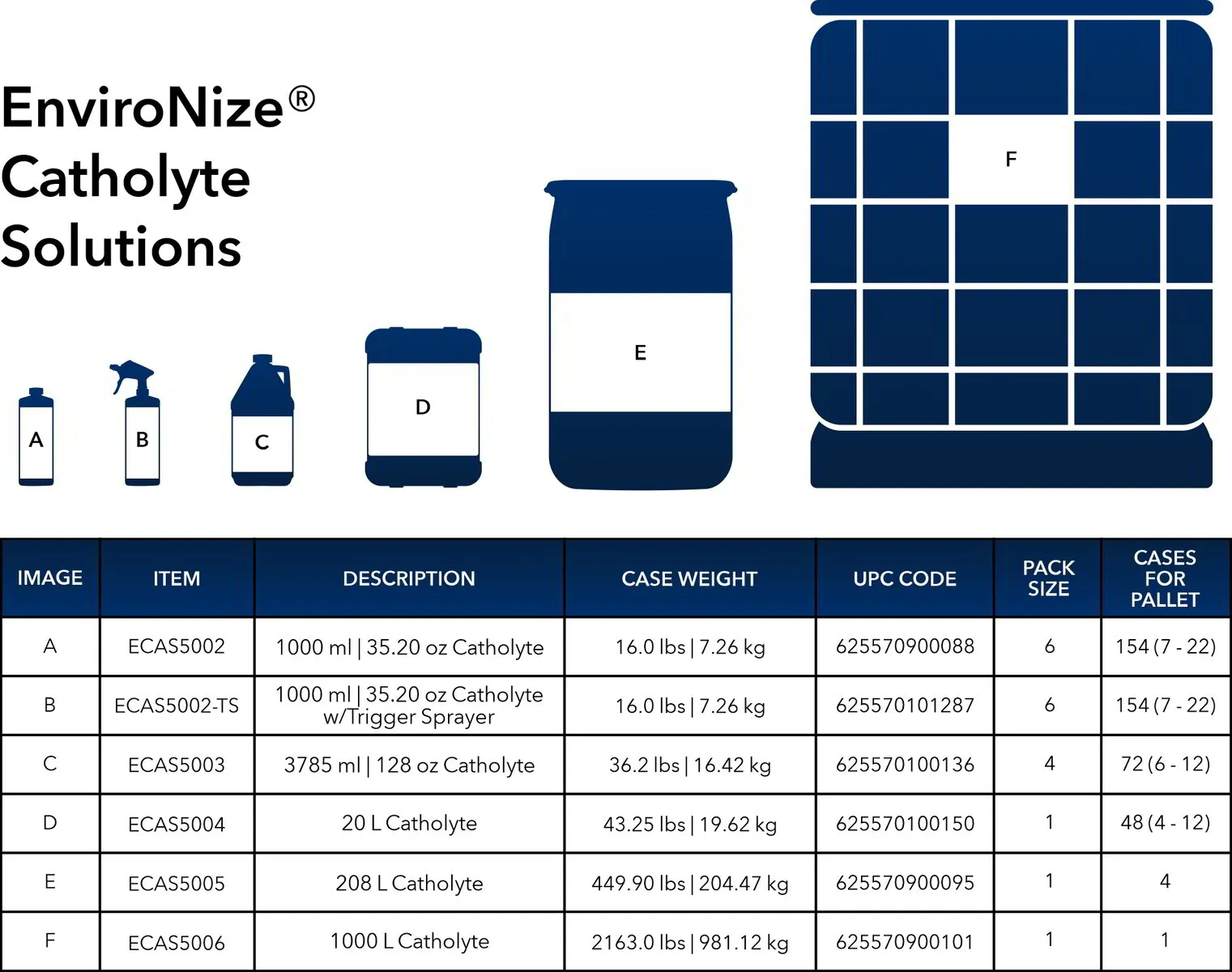What is EnviroNize® Catholyte?
- IS AN ALKALINE PHOSPHATE-FREE DETERGENT WATER BASED SOLUTION HIGH IN pH 10~13.
- IS AN IMPORTANT FIRST STEP in the Cleaning and Disinfection process.
- PREPARES HARD NON-POROUS SURFACES, and readies it for the disinfection application.
- REMOVES CONTACT SURFACE RESIDUE such as organic and pesticide residues which prevents effective cleaning and disinfection.
- USED AS A DRAIN CLEANER to keep drains from becoming clogged by emulsifying fats and greases that stick to drainpipes.
- USED TO INCREASE THE pH of a solution.
- USED AS AN ADDITIVE IN LAUNDRY AND CARPET CLEANING providing deep cleaning to heavily soiled, hard to remove dirt from woven fabric and carpet fibers
Cleaning and Disinfecting: Oil Buildup
Did you know? Oil transfers from hands to high touch surfaces. One of the biggest culprits in preventing a clean surface is the build up of surface films left behind by oils transferred from human touch. These oily films are found on almost all surfaces, creating barriers. They soon develop into bacterial films by trapping pathogens (often more harmful strains) beneath them. Without removing these films from hard, nonporous surfaces with a degreaser - EnviroNize® Catholyte - it makes effective surface disinfection less effective.
The dermis layer of your skin is the middle layer of the three layers of skin. It contains connective tissue, blood capillaries, oil and sweat glands, nerve endings, and hair follicles. It is thickest on the palms of the hands and soles of the feet. The oil glands of the dermis layer are also called sebaceous glands, and they are always producing sebum. Sebum is your skin's own natural oil. It rises to the surface of your epidermis to keep your skin lubricated and protected. So when your skin meets surfaces - especially hard, nonporous surfaces - this natural oil is transferred and left behind.
The oils left behind become bacterial films, creating barriers and trapping pathogens that remain on the surface. These pathogens could become much more harmful strains of bacteria and become a serious threat for disease if the surface is not properly cleaned to eradicate them. Most disinfectants cannot eliminate bacterial film left behind on surfaces.
Hand Moisturizing Lotions
The same can be said for those who use hand moisturizing lotions to moisturize their skin. It is seen as a positive, however the negative side is when your skin encounters hard, nonporous surfaces. Like your own natural oils, the oil from the lotion is also left behind, creating bacterial films on the hard, nonporous surfaces.
Cleaning and Disinfecting: Cross-Contamination
Prevent cross-contamination by using color coded towels.
Importance of Color-Coded Towels
Any cloths and equipment used for cleaning can be a source of contamination if not cleaned properly. Use disposable cloths or use colour coding to prevent contamination.
1. Use (Blue) color to represent the cleaning application (EnviroNize® Catholyte)
2. Use (Green) color to represent the disinfection application (EnviroNize® Anolyte)
Preventing Cross-contamination
Cleaning is not supposed to introduce more dirt or germs, but cleaning and disinfecting with one towel will result in cross-contamination. Preventing this from occurring and ensuring that all the surfaces in your business remain dirt and germ-free, implement the use of a color-coded microfiber towel system and policy when it comes to cleaning and disinfecting protocols.
Why Is Cross-contamination a Concern?
1. Not only can this result in the spread of germs to employees, but it can also put anyone who enters your business at risk.
2. When a surface is contaminated with germs, bacteria, and or viruses there is always a high probability that cross contamination could occur. Harmful pathogens could be transferred from a surface through touch, then touching your nose, mouth, or eyes.
Microfiber Towels
Microfiber towels are used as a result of years of research. Through the findings, we have found microfiber material is more effective at trapping contaminants than any other towel material used for this purpose. Research has also found that microfiber material absorbs more times its own weight in water and other fluids than other cleaning fabrics.
Deployment of Microfiber Towels Prevents Cross-contamination
Using the same towel to clean all surfaces greatly increases the risk of spreading contaminants to all areas. Using a different color of microfiber towel for each area ensures that any germs, bacteria, and viruses are contained to that area, therefore limiting their spread.
Color coding is the implementation process that ensures the action is adhered to and employees come to understand the reason and rationality of the process. It is vital to communicate the importance of storing clean and dirty towels properly and away from other products and surfaces that the soiled cloths may contaminate.
EnviroNize® Catholyte Accessories
ITEM # ENVFT-A (Anolyte)
ITEM # ENVFT-C (Catholyte)
Micro Fibre Towels prevent
cross contamination, and separate
cleaning & disinfection.










